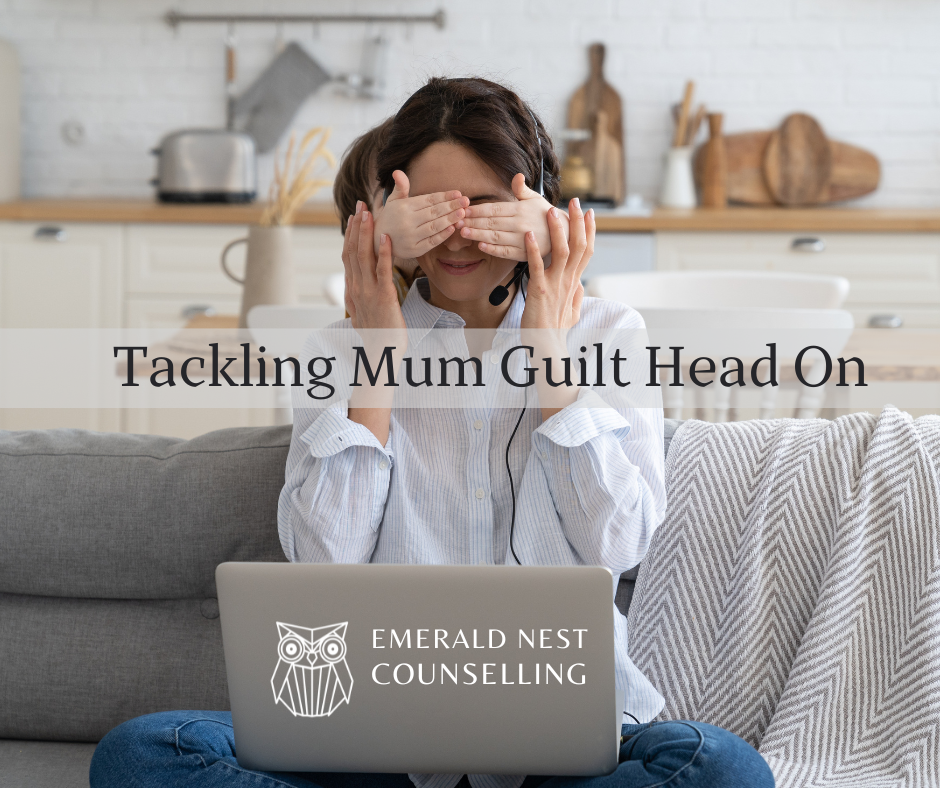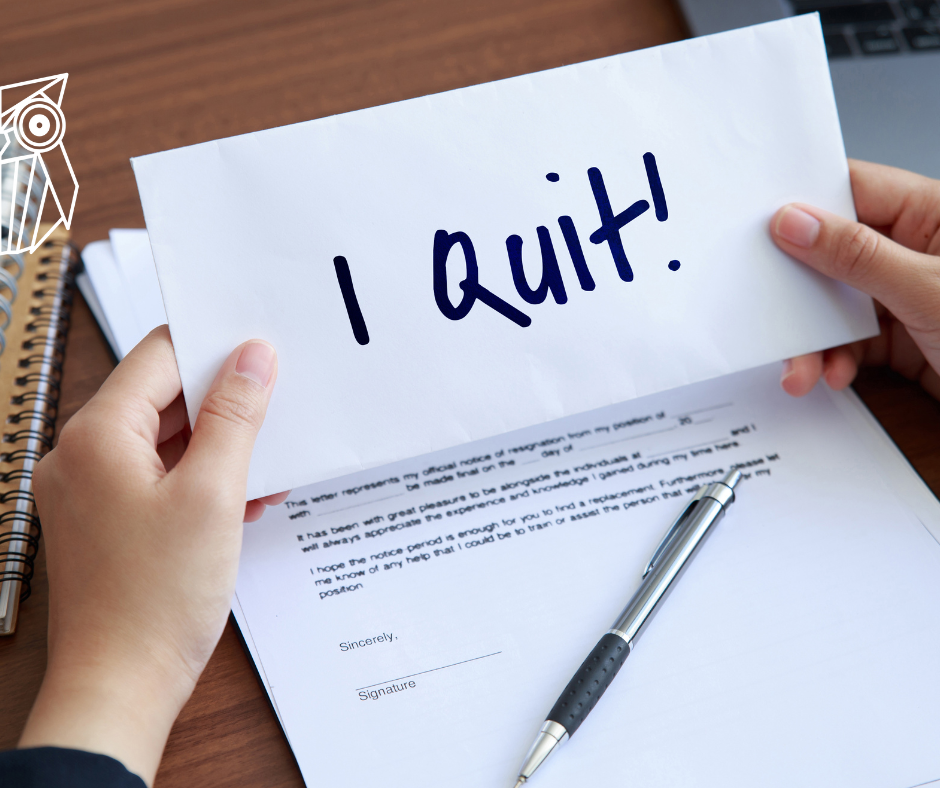How to combat doomscrolling
How to combat doomscrolling: 5 strategies to promote mental health and wellbeing when using social media.
Do you find yourself mindlessly scrolling through social media posts, feeling overwhelmed, anxious or inadequate? Doomscrolling, or scrolling through online content which leaves you feeling sad, has become a common habit that can significantly impact our mental health. This article will delve into five practical strategies to help you break free from doomscrolling, prioritise your mental health, and cultivate a positive digital experience.
Understanding Doomscrolling and its Impact
The Concept of Doomscrolling
Doomscrolling is the act of spending an excessive amount of time on electronic devices, reading through endless streams of negative news or material that is not making you feel positive. It’s getting lost in the content, losing time and not even realising how long you’ve been there. This behavior is often compulsive and may leave individuals feeling anxious, stressed, or hopeless. At its core, doomscrolling is a response to the vast amounts of information available to us at all times. While staying informed is important, constantly consuming content can take a toll on our mental health. This pattern of media consumption, particularly through social media platforms, can lead to a cycle of negativity that's hard to break. Recognising the habit of doomscrolling is the first step towards addressing its impact on your wellbeing. By understanding this concept, you can start to take control of your digital habits and make more conscious choices about your media consumption.
How Doomscrolling Affects Mental Health
Doomscrolling can have a profound effect on mental health. It can elevate stress levels, disrupt sleep, and contribute to feelings of depression and anxiety. The cycle of absorbing negative content can lead to a sense of helplessness, a belief that the world is a consistently dark place, or that you simply don’t measure up to what you are seeing as ‘normal’ online. This behavior can also trigger a physiological response; the constant influx of alarming information can cause our bodies to release stress hormones like cortisol. Over time, high levels of cortisol can interfere with learning, memory, and can lower immune function. Moreover, doomscrolling often replaces time that could be spent on activities that promote mental health, such as physical exercise, social interactions, and restful sleep.
Strategies to Combat Doomscrolling
Recognising and Acknowledging Doomscrolling
The first step to combat doomscrolling is to admit that it’s happening. Often, we may scroll through our feeds without being fully aware of the content we're absorbing or the amount of time we're spending online. Counselling can help by increasing self-awareness and identifying triggers that lead to doomscrolling. It often involves exploring what feelings or situations prompt you to start scrolling, as well as what keeps you there longer than you should. Once you're aware of your patterns, you can begin to make intentional changes. A counsellor might suggest keeping a journal of your scrolling habits or setting regular check-ins to reflect on your emotional state before and after using social media. Acknowledging that you're engaging in doomscrolling is a powerful step towards regaining control over your digital life and making choices that align with your mental health goals.
Simple Yet Effective Strategies to Break the Cycle
To break the cycle of doomscrolling, start with simple yet effective strategies such as setting limits for media consumption. Use tools like screen time trackers to monitor your habits and set reminders to take breaks. Replace some of your online time with activities that have a positive impact on your mental health, such as exercising, reading, or engaging in a hobby. Additionally, curate your social media feeds to include more positive and uplifting content. This doesn't mean ignoring important news, but rather balancing it with content that is also hopeful and inspiring. Another strategy is to engage in mindfulness practices, such as deep breathing or meditation, before and after using social media. These strategies can help you to regain a sense of control and create a healthier relationship with your digital devices.
Promoting Mental Health and Wellbeing Amidst Digital Overload
The Role of Counselling in Promoting Mental Health
Counselling plays a vital role in supporting mental health, especially when dealing with the negative effects of digital overload. A counsellor can provide a supportive environment where you can discuss your concerns and feelings triggered by doomscrolling. Through counselling, individuals learn coping mechanisms and strategies to manage their online habits more effectively. Counsellors can also help clients explore the underlying reasons for their digital behavior, such as boredom, loneliness, or stress. By addressing these root causes, counselling supports long-term improvements in mental health and digital wellbeing. Furthermore, counselling can assist in setting realistic goals for digital detox and offer accountability as you work towards a healthier balance with technology. The guidance provided through counselling is personalised, helping you to navigate the complexities of the digital age while maintaining your mental health.
Building Healthy Digital Habits for Wellbeing
Building healthy digital habits is crucial for maintaining mental wellbeing in a world saturated with online content. Start by setting specific times for checking news and social media, and stick to these schedules to prevent aimless scrolling. It's important to be mindful of the type of content you consume; make an effort to engage with positive and educational material. Additionally, use your devices' settings to your advantage by turning off unnecessary notifications that lure you back into the cycle of constant checking. Build routines that include tech-free time, especially before bed, to improve your sleep quality and provide mental space for reflection. Encouraging offline interactions and hobbies can also help you reconnect with the world around you. By consciously shaping your digital habits, you create a more balanced life, reducing the risk of doomscrolling and fostering a sense of wellbeing.










